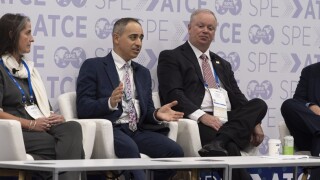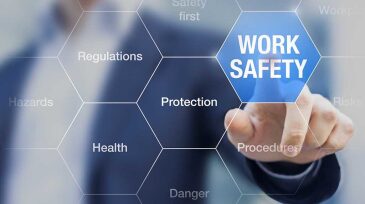Safety
This study ascertains the capital expenditure and operating expenditure associated with the reuse of existing facilities, specifically regarding a carbon capture and storage project being prepared in South Korea.
Sponsored
Advance your career with the new Pipeline Engineering Program at the Technical University of Leoben, a 5-month course combining on-campus and online learning, integrating industry expertise, engineering practice, and future-ready skills for professionals in oil, gas, and emerging energy systems.
A resilience-based approach to safety was the focus of a panel of experts at the 2025 SPE Annual Technical Conference and Exhibition in Houston.
-
BP has confirmed it will not reintroduce Super Puma Helicopters until the completion of an investigation into last year’s fatal crash.
-
Why is designing with human error in mind so critical? Consider that nearly 80% of all offshore facility accidents are caused by human errors, and 64% of these accidents happen during operations.
-
Manual tank gauging is a common oilfield activity that has resulted in multiple worker deaths in recent years. By using work practice control, operators can reduce the risks it poses significantly.
-
Speaking at an OESI-HFES joint forum, an expert on situation awareness explains the role it plays in preventing human error in oil and gas operations.
-
Cloud-based computing and wireless, mobile technology have created a new era of safety for lone workers, going beyond current safety standards.
-
An updated app for smart phones and other mobile devices can help workers stay safe when working outdoors in hot weather.
-
If an organization has a culture that implicitly or explicitly rewards short-term productivity, what happens to safety numbers? Up or down? And why is that?
-
The National Offshore Petroleum Safety and Environmental Management Authority has released its Annual Offshore Performance Report for the year ending 31 December 2016.
-
How much value are you obtaining from your safety communication and training efforts?
-
The American Society of Safety Engineers (ASSE), the world’s oldest professional safety organization, has crafted an “OSHA Reform Blueprint” that details its priorities and vision for the Occupational Safety and Health Administration (OSHA) in a time of political change.











